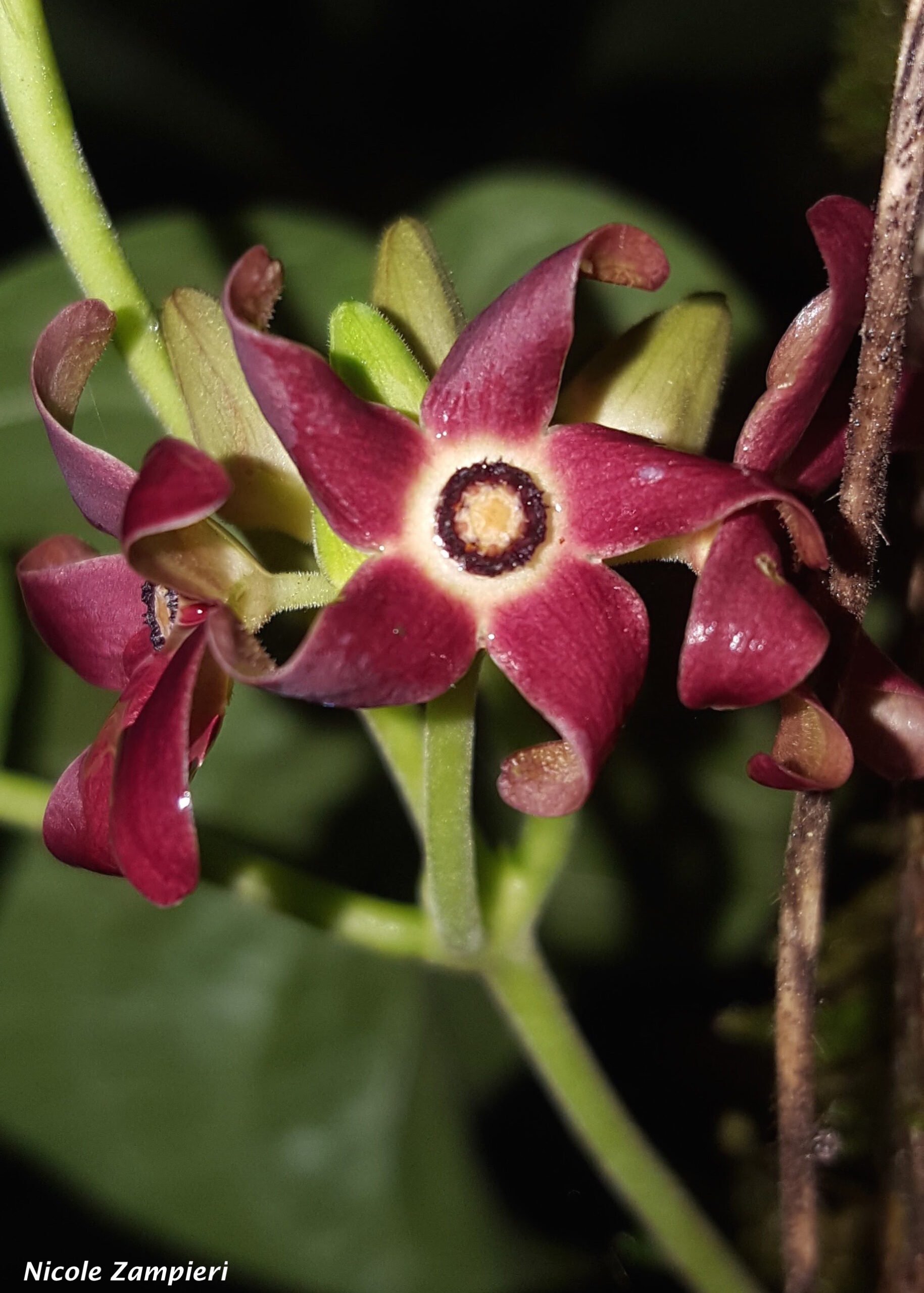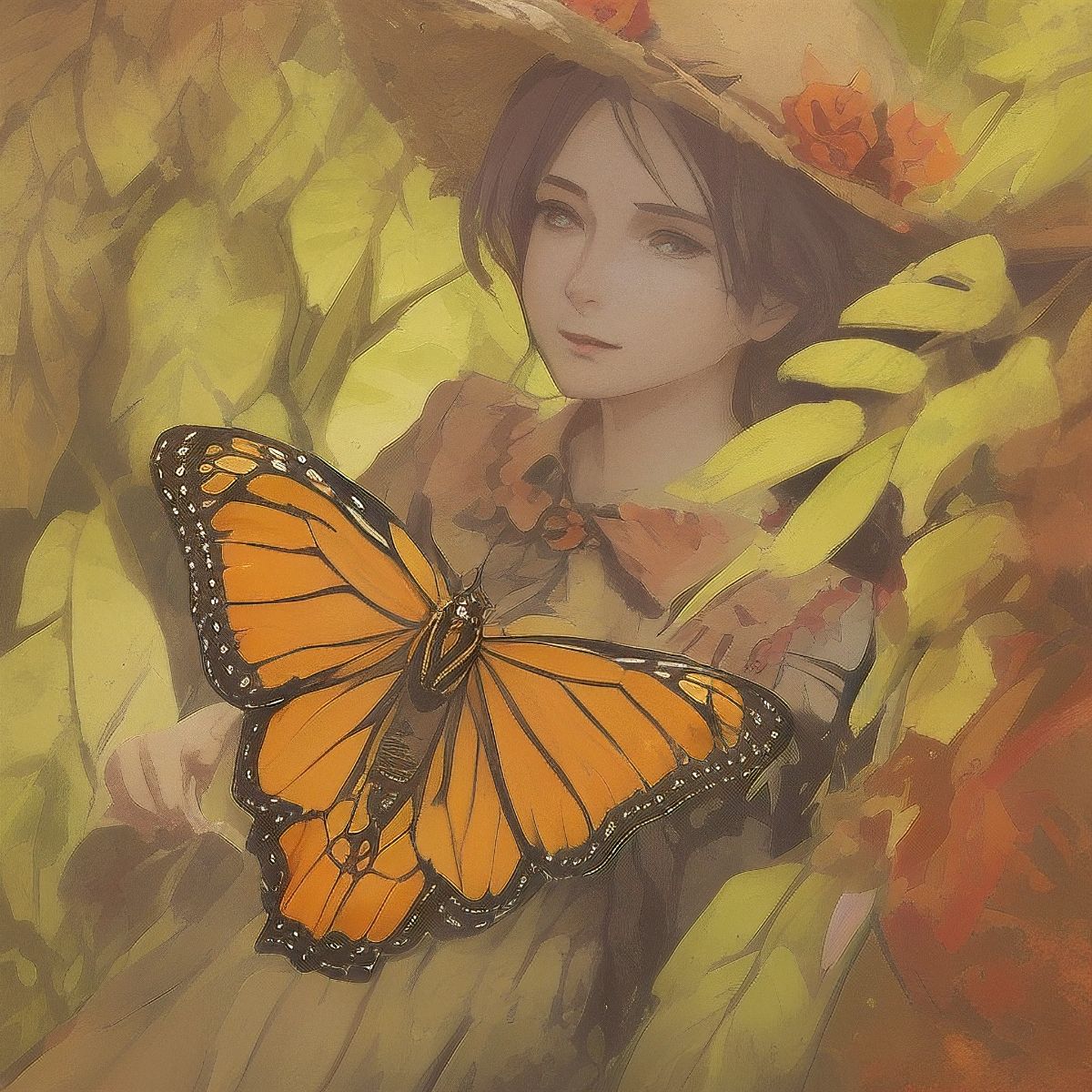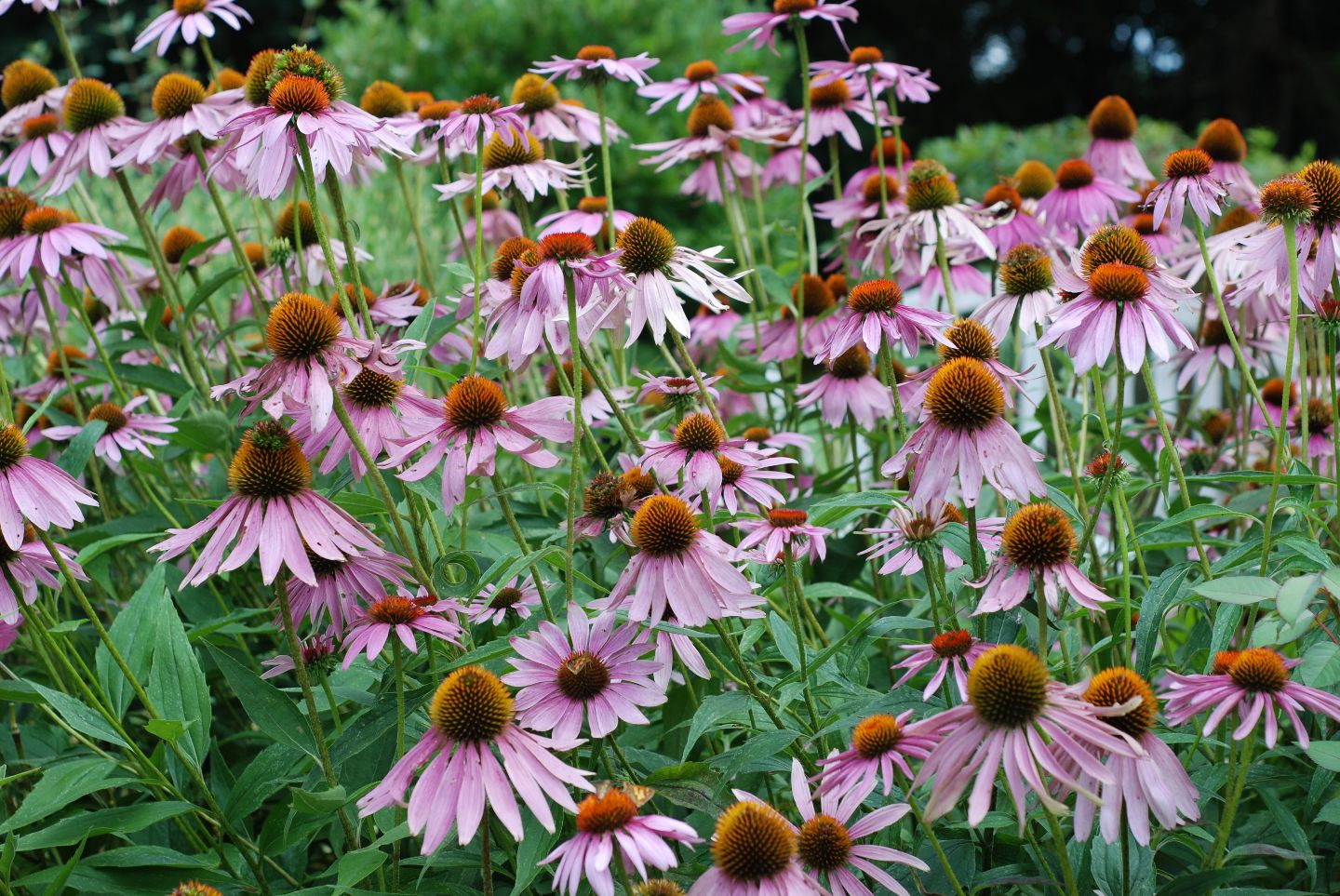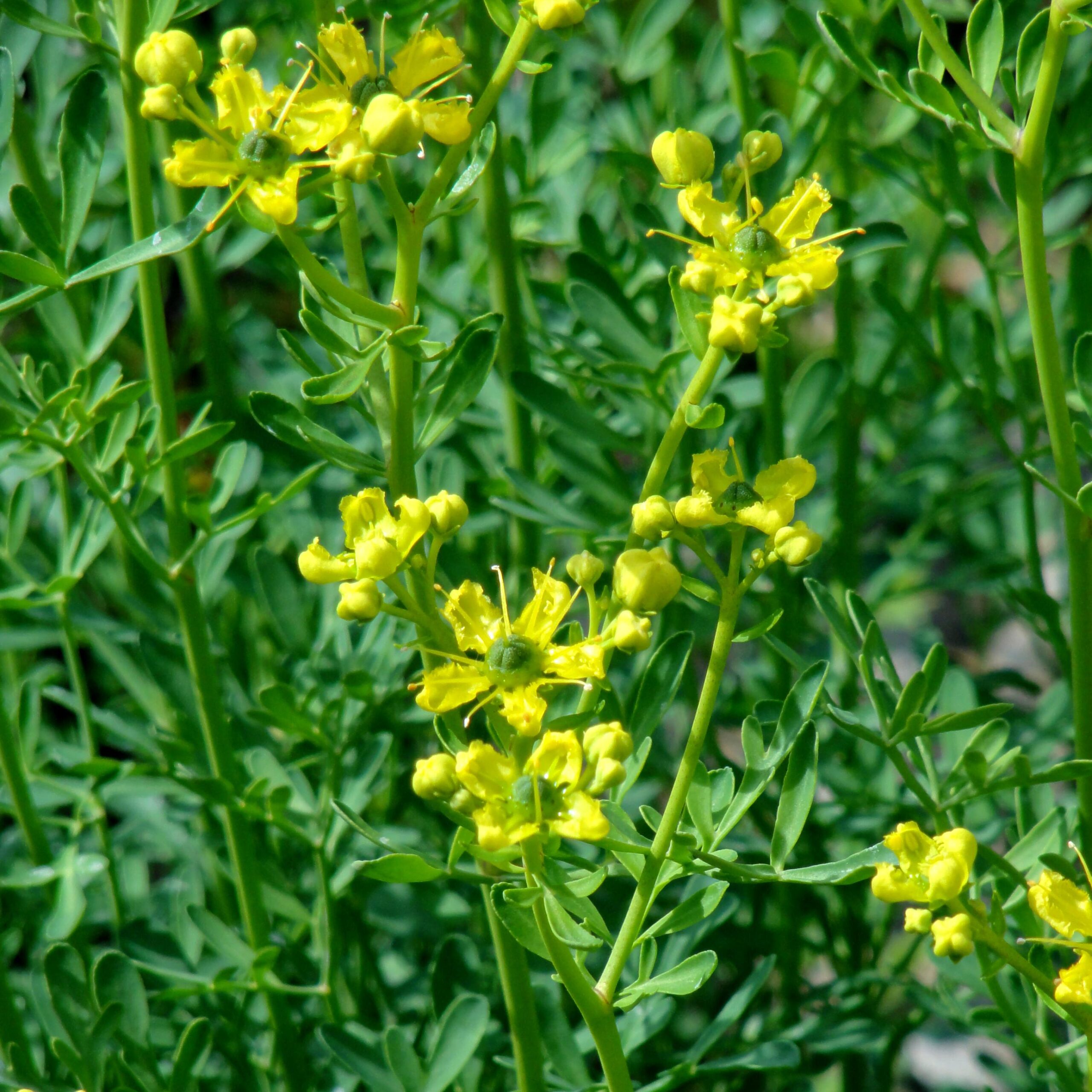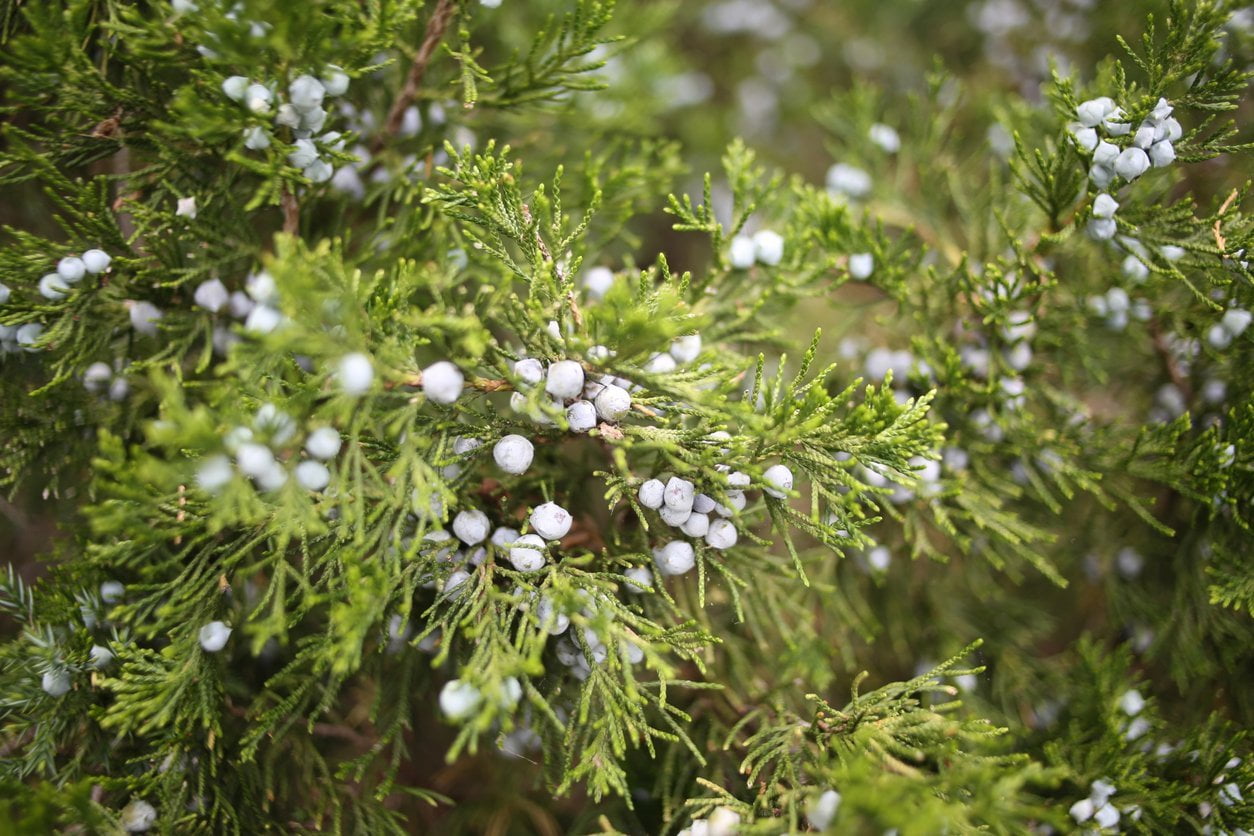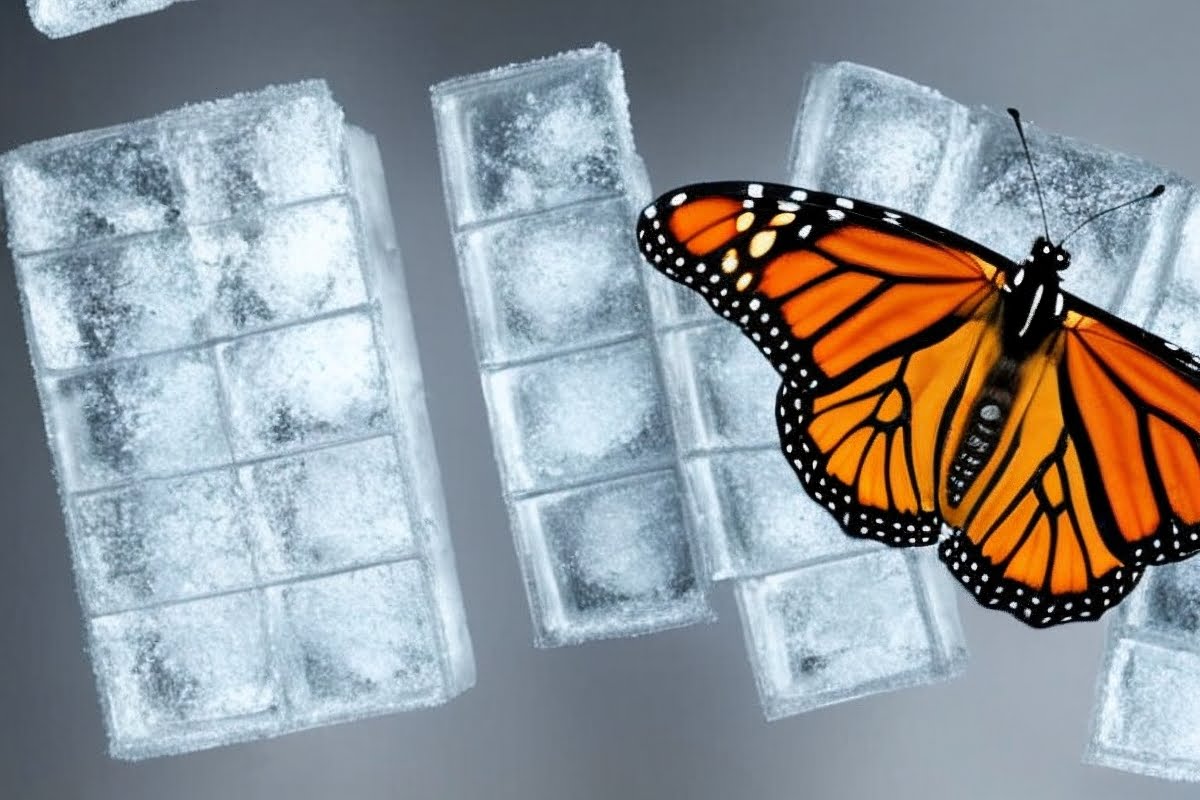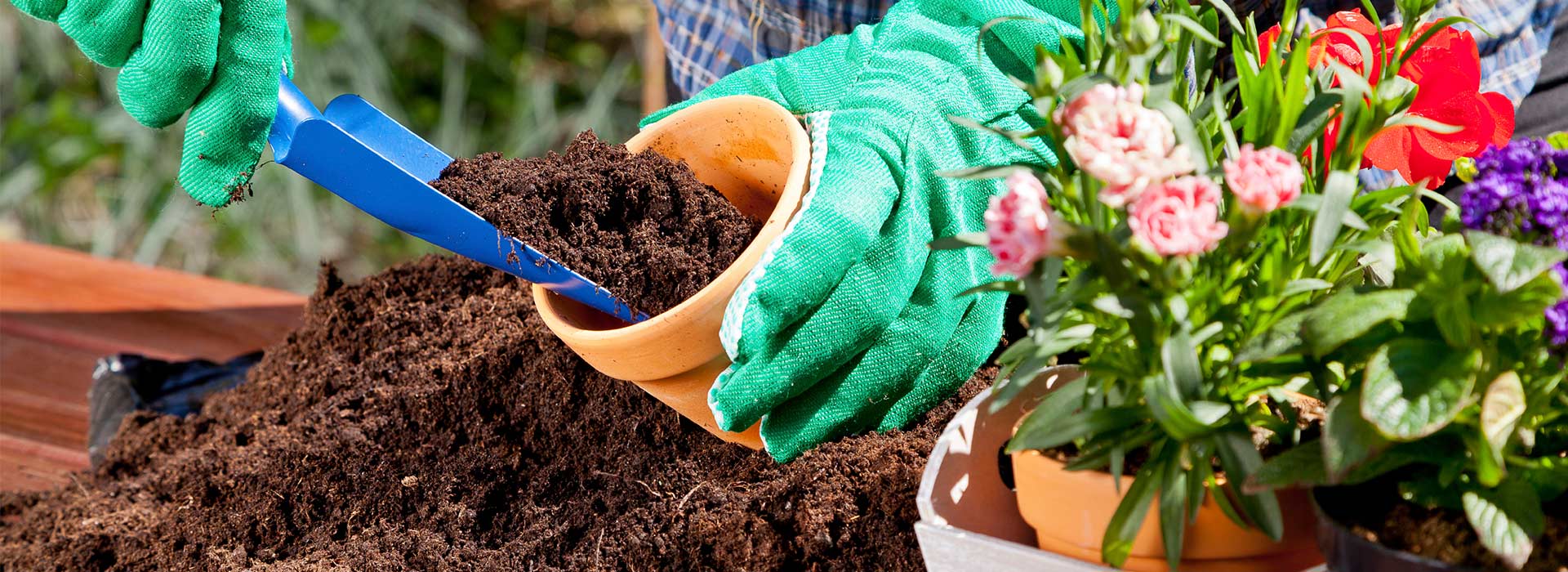Embracing the Florida Milkvine and other native plants is a step towards a more sustainable, biodiverse, and beautiful Florida.
Entomology
Arguments Against a Monarch Butterfly Decline
The decline of Monarch butterflies, particularly in North America, is a well-documented phenomenon, with multiple studies providing evidence of this decline over the past few decades. However, like many ecological topics, the specific causes, extent, and implications of the decline can be areas of debate and research.
Balancing Top-Down Thinking with Grassroots Efforts: The Milkweed Paradigm
On one hand, we have the top-down approach, where larger institutions and governmental bodies wield vast resources and regulatory powers. On the other, there are grassroots efforts, where individuals and communities make direct interventions.
Brewing Echinacea Tea from Purple Coneflowers: A Nod to Native American Wisdom
Here’s how to make Echinacea tea from Purple Coneflowers and a glimpse into its historical significance.
Rue: A Classic Staple in the Butterfly Garden
Known scientifically as Ruta graveolens, Rue is not only a visual delight but also a magnet for certain butterfly species.
Larval Host Plant: Redcedar
Redcedar, which belong to the genus Juniperus, serve as larval host plants for a few moth species and one butterfly.
What Temperature is TOO Cold for a Monarch Butterfly?
Monarch butterflies are cold-blooded, meaning their body temperature is largely determined by the surrounding environment.
Milkweed Mass Plantings: A Monarch Festival Movement to Revitalize Habitats
Milkweed Mass Plantings are community-driven events where large tracts of land are designated for planting milkweed en masse.
